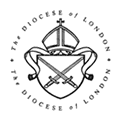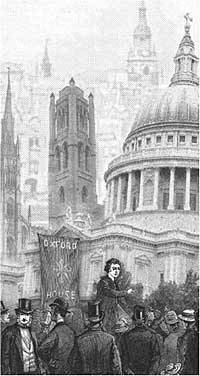Charles Booth Survey
What was it?
Charles Booth's Inquiry into the Life and Labour of the People in London, undertaken between 1886 and 1903 was one of several surveys of working class life carried out in the 19th century. The survey was conducted as a series of interviews between 1886 and 1903 and the results were published as Life and Labour of the People 2 vols, London: 1889 (title of Vol 2 reads Labour and Life of the People); Labour and Life of the People 2 vols & Appendix, London: 1889-1891; Life and Labour of the People in London 9 vols & Maps, London: 1892-1897; and Life and Labour of the People in London 17 vols, London: Macmillan,1902-1903. Additionally, the survey resulted in Maps Descriptive of London Poverty, which classified each London sheet by class and poverty.
Where can I find this material?
The original notebooks in which survey data was transcribed can be found at the London School of Economics (LSE) Archives. The originals are particularly valuable since many of the personal comments made by the interviewer were not transcribed in the published Religious Influence series. Moreover, not all of the interviews were published. You can search survey notebooks at http://booth.lse.ac.uk/ by name and place. This database will tell you the notebook number and fold pages. The notebooks themselves, however, have not been digitised. You will therefore need to visit the LSE Archives (see London Archives for details on how to visit).
The Maps Descriptive of London Poverty are digitised and available online here.
Descriptions of material
The Charles Booth survey was conducted between 1886 and 1903. The notebooks of the Booth Collection and the information in Life and Labour itself are arranged into three series: Poverty series, Industry series and Religious Influences series. The basis for the religious influences series was 1,800 interviews recorded in notebooks. The majority of those interviewed for the Booth series were Anglicans in the diocese of London, although Roman Catholic priests and Nonconformist ministers were also interviewed along with Anglican ministers in what is now the diocese of Southwark (then the diocese of Rochester).
The interviews in the Religious Influences series may help you find out about the following:
Individual London clergymen.
The interviews often give insights into the character and views of the clergy. The interview would be two and half hours long, with some being much longer. During this time, the interviewer was expected to observe the interviewee. They would, therefore, comment on the character, reliability and in some cases, appearance of the clergyman in question. Reports were then written. These recorded the name and status of subject and date and location of the interview; a brief description of the interviewee, including age, length of service, previous experience, outline of physical characteristics, responses to questions and any additional assessments made by the interviewer.
The social engagement of individual churches.
The majority of questions were concerned with the involvement of the church in the local population.
The Booth reports also give insights into the life of the working classes and the areas of London which they occupied. The Poverty series, published in the final edition of Life and Labour, describes London on a street by street basis. This information provided the background to the poverty maps.






